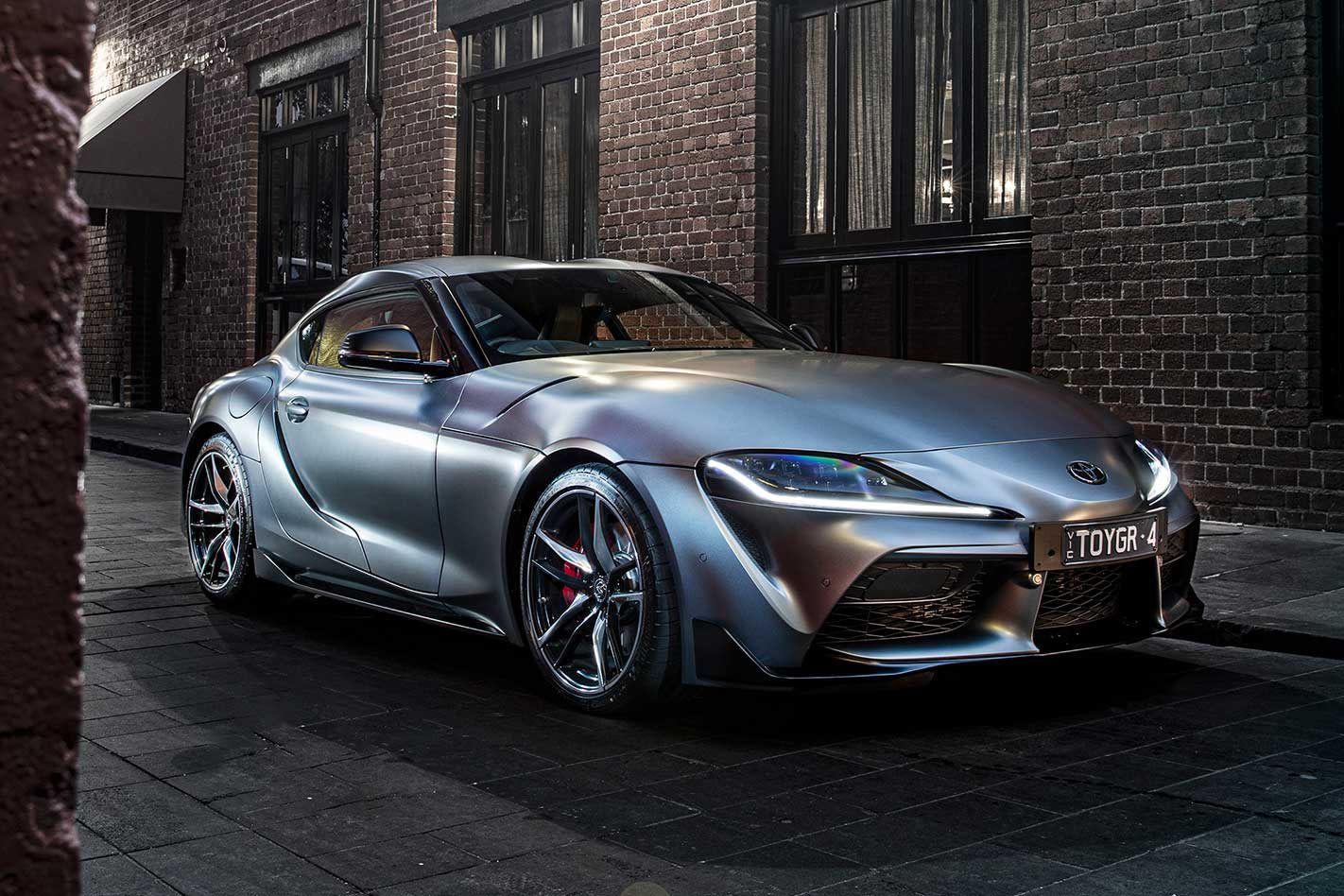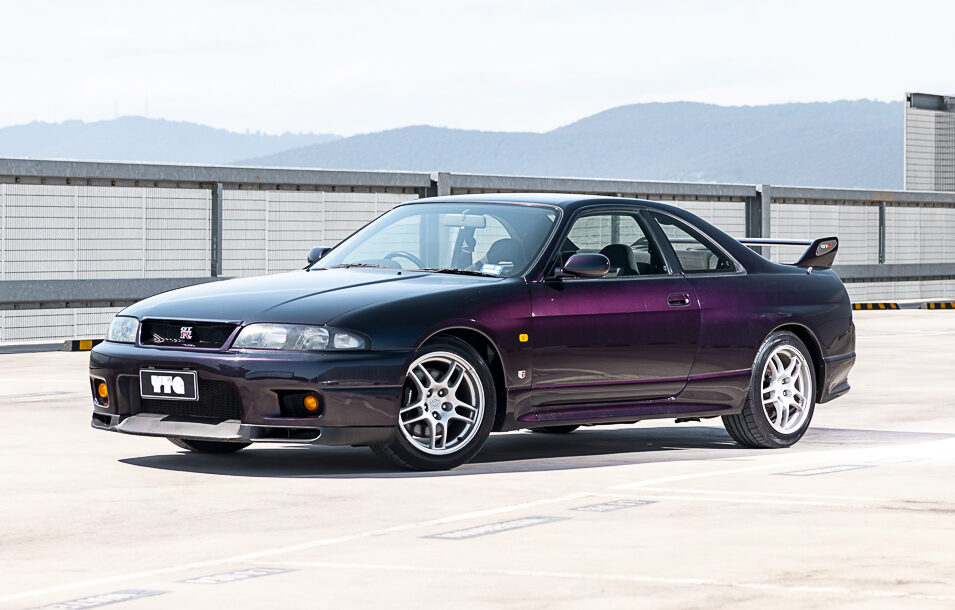At the Australian launch of the Toyota GR Supra earlier this year MOTOR sat down with Toyota’s sports car boss Tetsuya Tada for a chat on the finer details of the Supra.
What ensued was a fascinating chat (albeit a three-way one through a translator) about the development philosophy behind the Supra which unearthed these nine perhaps little-known facts about the Supra.
01 – Link to the past
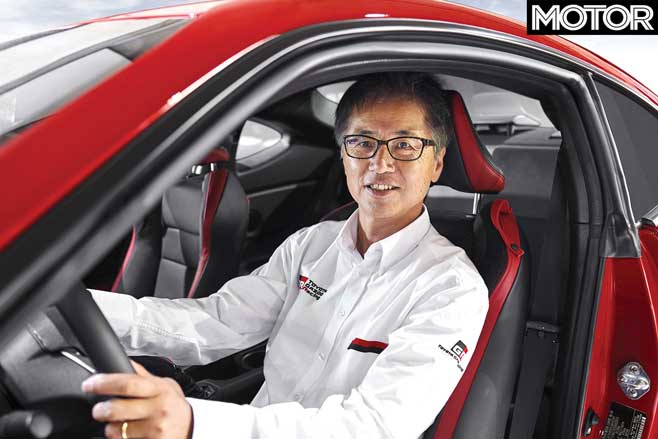
Tada-san was the perfect person to lead development of the new Supra, as his mentor was Ichiro Suzuki, chief engineer of the previous Mk IV (or JZA80) Supra. The lessons Tada learnt lay dormant during Toyota’s sports car hiatus before the Toyota 86/Subaru BRZ project was greenlit.
02 – The golden ratio
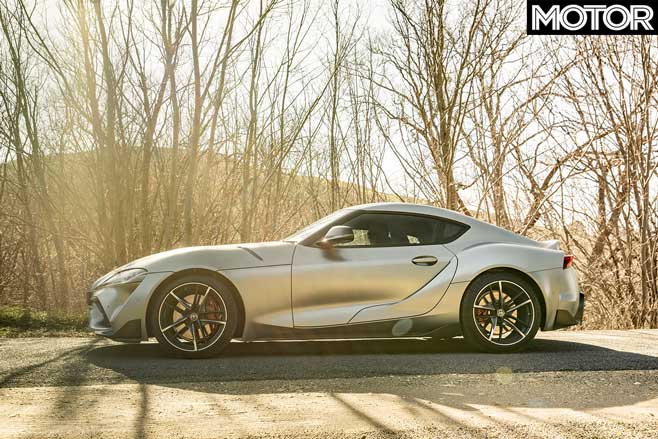
Toyota’s guiding principle during chassis development of the new Supra was the ‘golden ratio’, a mathematical ratio found commonly in nature that tends to make things ‘beautiful’. Divide the Supra’s wheelbase (2470mm) by its rear track (1590mm) and according to Toyota you’ll get the golden ratio of 1.55:1, though the ratio is technically 1.618:1, expressed by the Greek letter ‘Phi’.
03 – Similarly equipped
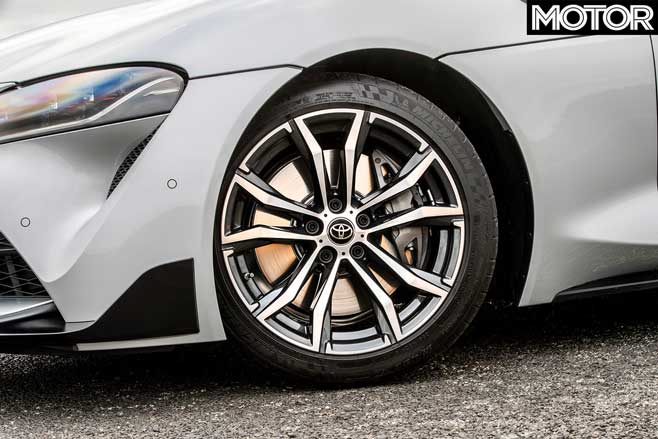
Front brakes are identical on both GT and GTS guises, 348mm front discs clamped by four-piston calipers. However, while the GT makes do with 330mm rear discs, the GTS scores larger 345mm discs, though both use single-piston calipers. The brakes also work to prevent fade and lightly clamp the discs to dry them during wet weather.
04 – Lower and stiffer
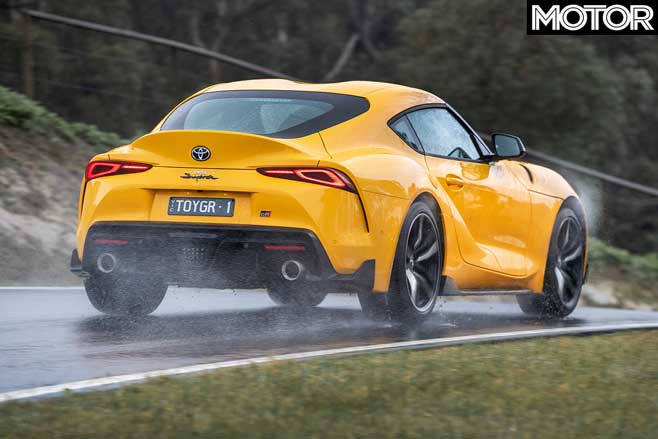
The Supra has a lower centre of gravity than the 86, despite using a conventional piston engine rather than a boxer. It also has greater structural stiffness than the all-carbon LFA, a figure 2.5 times greater than the 86.
05 – Exceptions to the rule
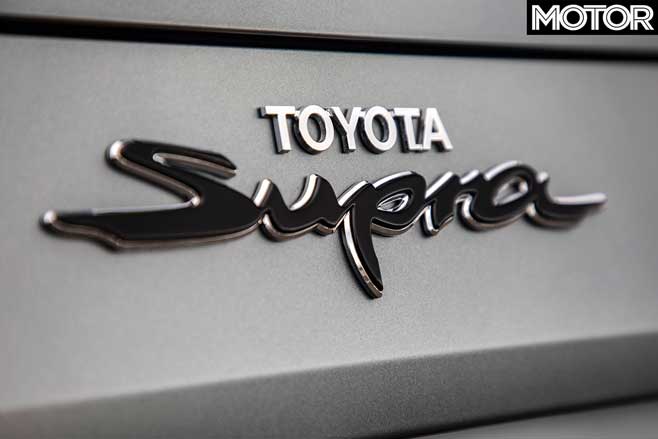
Toyota has an extensive list of standards, “a constitution we have to stick to” according to Tada, which runs some 2000 items long. Tada successfully negotiated to allow the Supra to break some of these. For example, Toyotas must have a minimum running ground clearance of 130mm, but the Supra’s is 119mm.
06 – Hot tuner
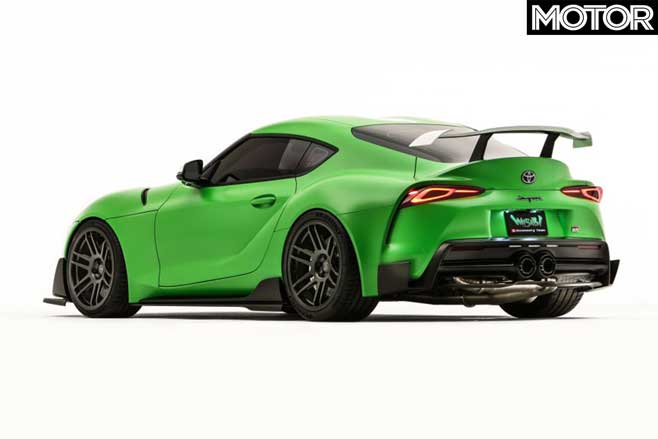
Appreciative of the fact that the A90 Supra would be a darling of the aftermarket, Toyota previewed the car to a number of aftermarket outfits such as HKS, Cusco, Akrapovic and Litchfield six months ahead of launch in order to gain their feedback.
07 – Past blast
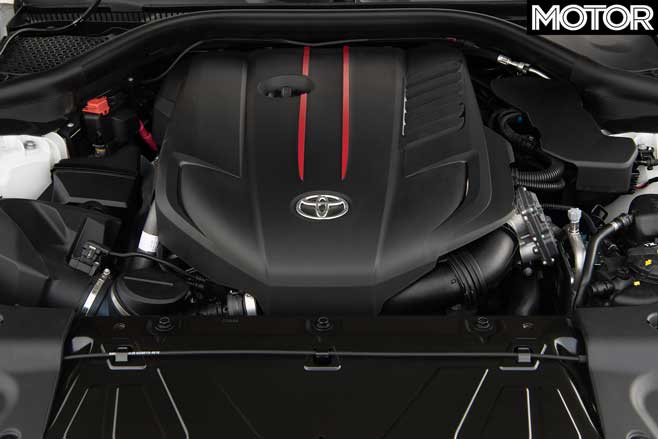
On a related note, the engine bay is big enough to accommodate the iconic 2JZ-GTE engine from the JZA80, a conversion that’s become popular in the professional drifting community.
08 – Striking the balance

Toyota boasts of 50:50 weight distribution, but it isn’t quite that simple. The four-cylinder models available in Japan are 50:50 when empty, but the six-cylinder is slightly nose-heavy. However, it’s designed so that when two passengers are added the weight distribution becomes 50:50, whereas the four-cylinder models become slightly rear-heavy.
09 – Thinned grasp

The steering wheel is Toyota’s own design, with a 373mm diameter and a thinner rim in place of BMW’s traditionally very thick wheel rim, Tada-san politely expressing his opinion that he prefers a thinner steering wheel.


